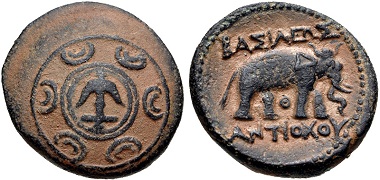Between Germany and France: The Duchy of Lorraine
On 16 May 2017, one of the most significant collections of Lorraine that has come on the market during the last decades will be put to auction at the Heidelberger Münzhandlung. We will tell you the story of this duchy on the basis of a few of the collection’s rarities.

















